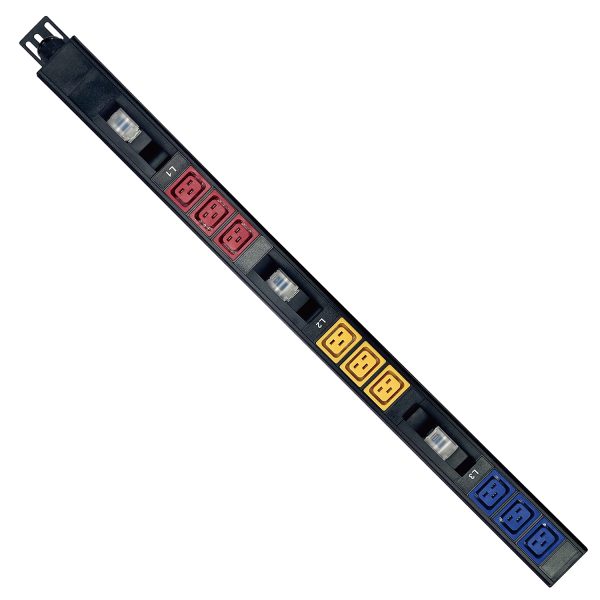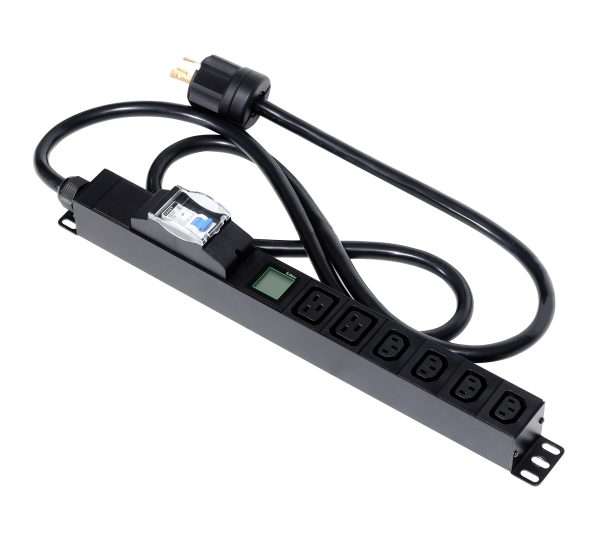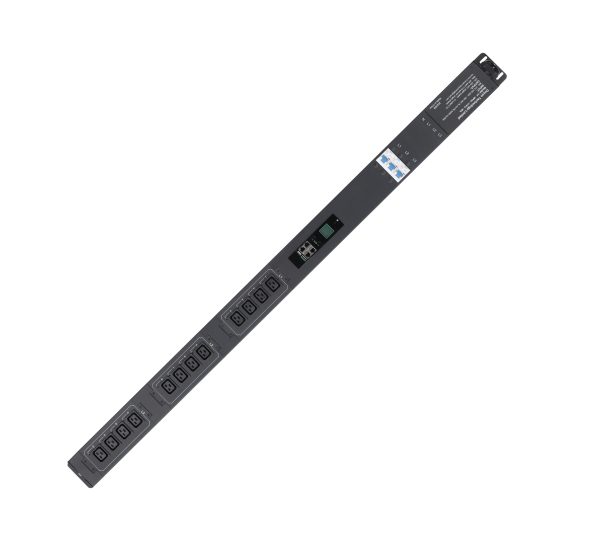What is a PDU in data center
1. What is a PDU in a data center?
In the context of a data center, the meaning of a PDU is completely different from that in a network context.
Its full name is Power Distribution Unit (PDU).
You can think of it as an advanced, multifunctional power strip designed specifically for data center cabinets.
It distributes and delivers power from a UPS or mains power source to IT equipment within the cabinet, such
as servers, switches, and storage devices.
A core analogy:
A regular power strip is like a regular power strip in your home, primarily providing simple power access for
household appliances.
A data center PDU is like an industrial-grade, intelligent "power command center." It not only provides power
but also monitors, manages, and even remotely controls power distribution to each outlet.
2. Main Types and Features of PDUs
Data center PDUs are far more than simple power distributors. Based on their functions and features, they can
be divided into the following categories:
1. Classification by Functionality Level:
Basic PDU:
Functionality: The most basic PDU provides only power distribution and transmission, typically equipped
with multiple national or IEC standard output outlets.
Application: Suitable for general environments where power monitoring is not required, offering the lowest cost.

Metered PDU:
Function: Based on the basic model, it adds a local current/voltage meter, displaying the total power
consumption of the cabinet in real time (amperes or kilowatts).
Application: Convenient for operations and maintenance personnel to check the cabinet's power load on-site,
prevent overloads, and optimize power capacity planning.

Intelligent PDU / Monitored PDU:
Function: This is the mainstream choice for modern data centers. It integrates remote management capabilities
and can be accessed via the network (SNMP, HTTP, Telnet, etc.).

Core Capabilities:
Remote Monitoring: Remotely monitors the total load, branch circuit load, voltage, current, power factor,
energy consumption, and more in real time.
Remote Control: Enables remote power on and off of each output (remotely restarting faulty devices) and
sequential power-up (avoiding power surges caused by starting all devices simultaneously).
Environmental Monitoring: Many intelligent PDUs also offer optional environmental monitoring probes to
monitor temperature, humidity, smoke, and other factors within the cabinet.
Alarm Function: When power parameters exceed preset thresholds (such as excessive power), automatic
alerts can be sent via email, SMS, or other means.
2. Classification by Phase and Voltage:
Single-Phase PDU: Suitable for standard cabinets, typically with a 220V input voltage.
Three-Phase PDU: Suitable for high-density cabinets, with a 380V input voltage, capable of carrying larger
power loads and balancing three-phase current.
3. Classification by Installation Method:
Vertical PDU: Mounted on the vertical column of the cabinet, typically at the same height as the cabinet,
enabling more efficient space utilization and convenient connection of devices in different locations.
Horizontal PDU: Mounted in the cabinet's U-space, similar to a 1U or 2U high unit, it is typically used in
scenarios with ample space or specific requirements.
3. Why Do Data Centers Need Professional PDUs?
PDUs are a key component of the data center's physical infrastructure, and their importance is reflected in:
Improving Reliability: Preventing the risk of power outages due to overloads through real-time monitoring
and alerting.
Improved Operations and Maintenance Efficiency: Operations and maintenance personnel can remotely monitor
power status and reboot equipment without physically visiting the computer room, significantly reducing
downtime and labor costs.
Optimized Energy Management: Accurately measures energy consumption per cabinet and even per circuit,
providing data support for data center energy efficiency analysis and cost reduction and efficiency improvement.
Enhanced Security: A sequential power-on function protects equipment from inrush current; remote
management requires security authentication to prevent unauthorized operation.
Support for High-Density Deployment: Three-Phase PDUs and Intelligent PDUs provide stable, monitorable
power for high-powered servers and GPU clusters.

 English
English German
German